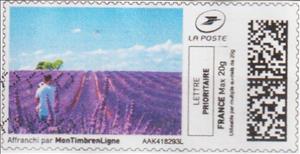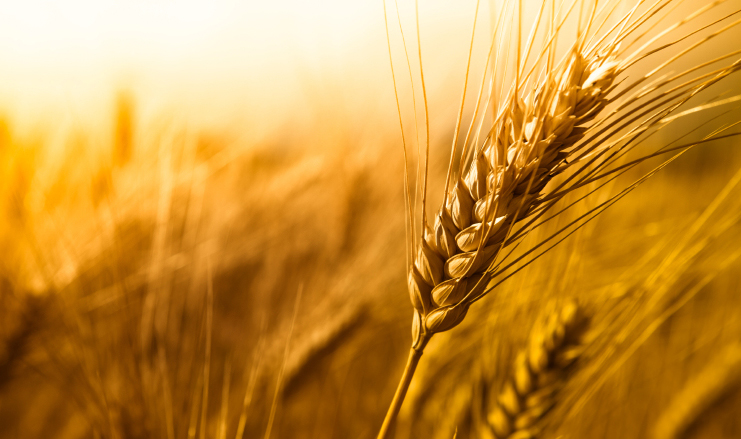Stamp: Lavender Field (Personalized and Private Mail Stamps 2020)
Lavender Field (Personalized and Private Mail Stamps 2020)
01 January (Personalized and Private Mail Stamps ) within release France : TimbrEnLigne. On the Road goes into circulation Stamp Lavender Field face value 20 Gram
| Stamp Lavender Field in catalogues | |
|---|---|
| Colnect codes: | Col: FR-TIM 2020-514 |
Stamp is square format.
Also in the issue France : TimbrEnLigne. On the Road:
- Stamp - On the roof of the car on the Causeway of Passage du Gois face value 20;
- Stamp - Motorcycling in the desert face value 20;
- Stamp - Lavender Field face value 20;
- Stamp - Rounds of Hay or Straw in Field face value 20;
- Stamp - Geological Arches in a pink cliff face value 20;
- Stamp - Hair Pin Bends on a Mountain Road face value 20;
- Stamp - Lady carrying a baby viewing a railway bridge in the forest face value 20;
- Stamp - Lady in a sunhat viewing a golden wheat field face value 20;
- Stamp - Mountain View face value 20;
- Stamp - Mountain View from a pink rock face value 20;
- Stamp - Mountain View over a lake from a grey rock face value 20;
- Stamp - Road to the Mountains face value 20;
- Stamp - On the roof of the car Causeway of Passage du Gois in black face value 20;
|
Data entry completed
46%
|
|
|---|---|
| Stamp Lavender Field in digits | |
| Country: | Personalized and Private Mail Stamps |
| Date: | 2020-01-01 |
| Emission: | Personalized - Official |
| Format: | Stamp |
| Face Value: | 20 Gram |
Stamp Lavender Field it reflects the thematic directions:
A crop is a plant that can be grown and harvested extensively for profit or subsistence. In other words, crop is a plant or plant product that is grown for a specific purpose such as food, fibre or fuel.
When plants of the same species are cultivated in rows or other systematic arrangements, it is called crop field or crop cultivation.
A flower, sometimes known as a bloom or blossom, is the reproductive structure found in plants that are floral (plants of the division Magnoliophyta, also called angiosperms). The biological function of a flower is to effect reproduction, usually by providing a mechanism for the union of sperm with eggs. Flowers may facilitate outcrossing (fusion of sperm and eggs from different individuals in a population) or allow selfing (fusion of sperm and egg from the same flower). Some flowers produce diaspores without fertilization (parthenocarpy). Flowers contain sporangia and are the site where gametophytes develop. Many flowers have evolved to be attractive to animals, so as to cause them to be vectors for the transfer of pollen. After fertilization, the ovary of the flower develops into fruit containing seeds. In addition to facilitating the reproduction of flowering plants, flowers have long been admired and used by humans to beautify their environment, and also as objects of romance, ritual, religion, medicine and as a source of food.
A landscape is the visible features of an area of land, its landforms and how they integrate with natural or man-made features. A landscape includes the physical elements of geophysically defined landforms such as (ice-capped) mountains, hills, water bodies such as rivers, lakes, ponds and the sea, living elements of land cover including indigenous vegetation, human elements including different forms of land use, buildings and structures, and transitory elements such as lighting and weather conditions. Combining both their physical origins and the cultural overlay of human presence, often created over millennia, landscapes reflect a living synthesis of people and place that is vital to local and national identity. The character of a landscape helps define the self-image of the people who inhabit it and a sense of place that differentiates one region from other regions. It is the dynamic backdrop to people’s lives. Landscape can be as varied as farmland, a landscape park, or wilderness. The earth has a vast range of landscapes, including the icy landscapes of polar regions, mountainous landscapes, vast arid desert landscapes, islands and coastal landscapes, densely forested or wooded landscapes including past boreal forests and tropical rainforests, and agricultural landscapes of temperate and tropical regions.



